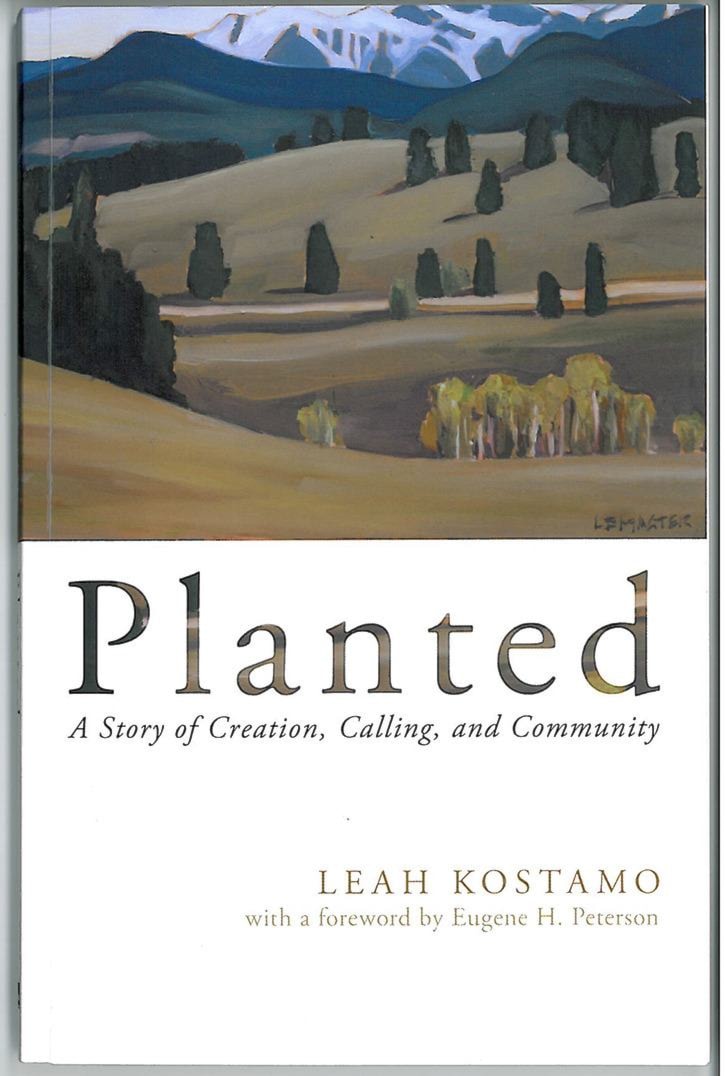Unfortunately, neither the stimulating environmental work carried out by conservation group A Rocha here and elsewhere in the world, nor A Rocha itself, are widely known in the Lower Mainland.
A new, eminently readable, little book – Planted: A Story of Creation, Calling and Community – part historical description and part autobiography, can fill that information vacuum.
A Rocha (Portugese for ‘rock’) began life as a Christian Bird Sanctuary on the coast of Portugal in 1982 and migrated to Canada 14 years later. This book tells how a small, dedicated staff has been enabled to build up an environmental resource and learning centre based firmly on Christian principles and the belief that “the earth is the Lord’s and the fullness thereof.”
Many times more than once, threatening financial difficulty has been averted by an apparently miraculous donation, a timely answer to prayer.
Now established on the lower banks of our Little Campbell River at Brooksdale Environmental Centre in South Surrey, they practise, demonstrate and teach practical environmental conservation. They are committed to prayerful, hands-on conservation with their efforts directed to action, doing and showing, instead of just telling.
Producing much of the food needed to feed staff, interns and volunteers, they still have a surplus for sale, raising funds towards operating costs.
Author Leah Kostamo’s wide-ranging short chapters, illustrated with whimsical drawings, cover the gamut of developing an environmental-resource centre from scratch, learning needed farming and gardening skills, supporting ecological researchers, adapting to community living and, above all, unashamedly learning to trust God.
There is much in these 10 chapters that should be taken to heart by both strident ‘green’ environmentalists and those skeptics who cannot believe in Divine Providence. It was not written as a scientific treatise, so perhaps it is unfair to complain, but an index and a more comprehensive bibliography would have added to the book’s usefulness.
Its message is challenging and necessary. I, for one, hope it will be read and heeded widely.
Visitors are welcome at the centre (19353 16 Ave., Surrey). The book is available there, through Amazon or at the Small Ritual Coffee Society in White Rock.
•••
Leave it to nature?
Some of you will, I’m sure, remember the controversy some years ago over efforts to save the endangered, spotted owls by restricting logging in old-growth forests, which are the owl’s preferred habitat.
Despite the work of conservationists, spotted-owl numbers have not recovered. They are declining, and a new, natural culprit has been identified. It is the related barred owl.
Barred owls – larger and more aggressive – take over spotted-owl territory, even attacking individuals, and feed on a wider range of prey species, a habit that confers competitive advantage.
In the northwestern United States, shooting of barred owls has been considered as a control measure. Is this a case where we should just leave it to nature and accept the outcome?
It’s a useful example of many environmental conundrums and a warning against simplistic or hasty responses, which usually miss their target anyway.
Dr. Roy Strang writes monthly for the Peace Arch News.
